
EXPLAINER: Why QANTAS chose the just delivered first Airbus A321XLR
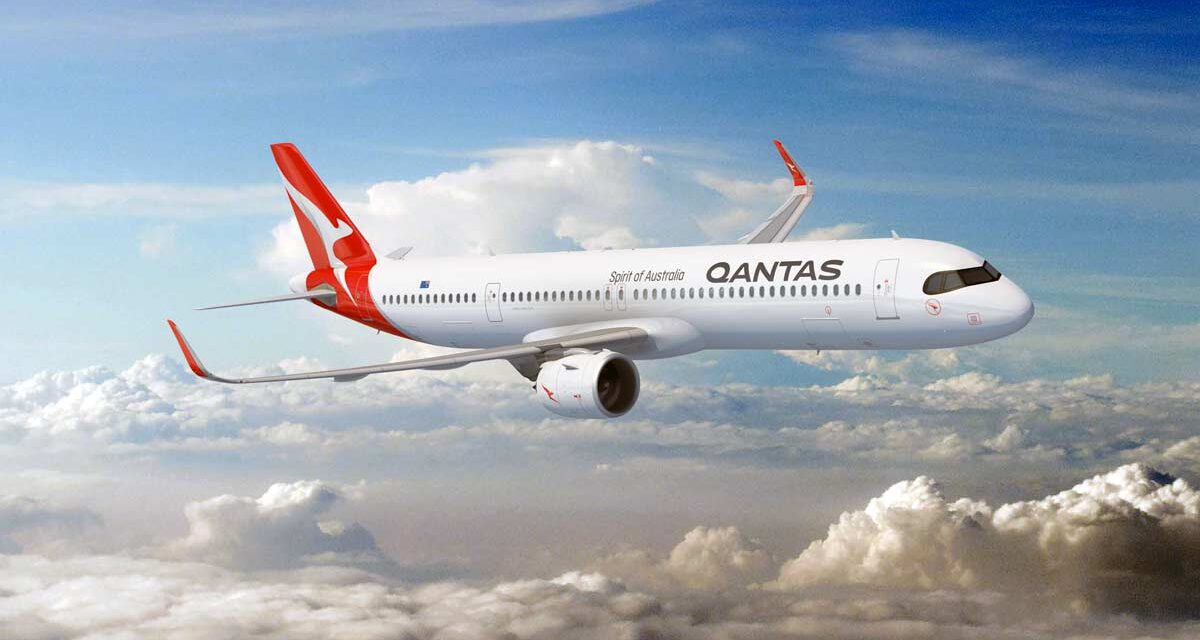
Yesterday saw the delivery of VH-OGA Great Ocean Road, flying from the Airbus facility in Hamburg, Germany, to Sydney, the first of an expected fleet of 28 Qantas has on order. That first aircraft is a few months late, given its original April 2025 schedule
Qantas has chosen the Airbus A321XLR to replace its fleet of Boeing 737-800s. Its reasoning goes that this aircraft offers a unique combination of extended range, increased capacity, and superior payload capabilities to align with Qantas’s strategic goals for fleet renewal and route expansion.
There has been a range of conjecture as to why Qantas has chosen this, more expensive model over others like the A321LR tor the A321neo? Stay with me, and I will explain.
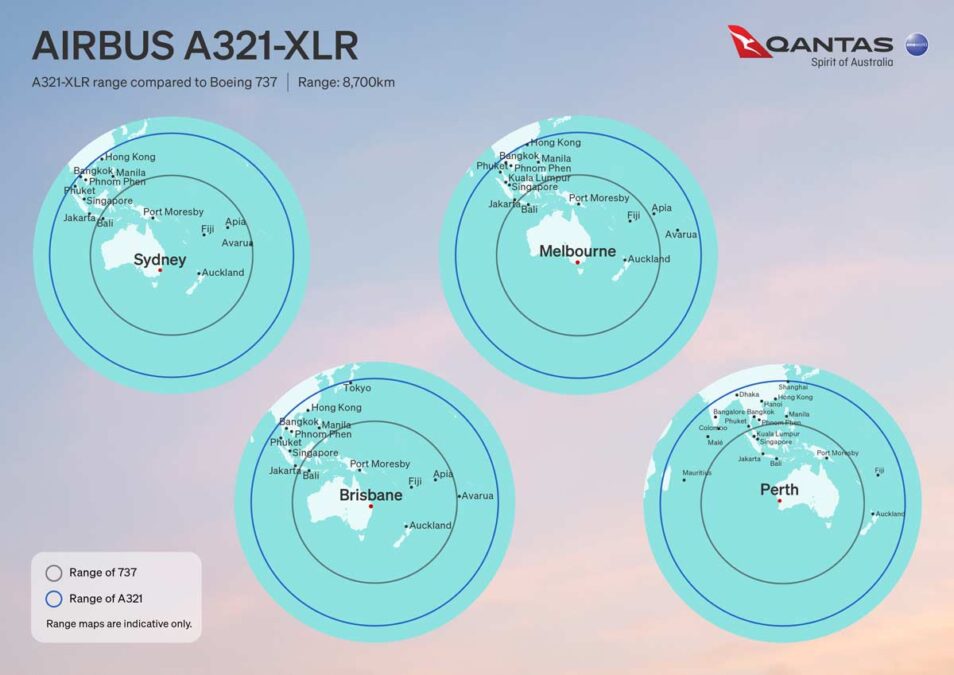
Key reasons behind Qantas’s choice of the A321XLR
Since Qantas will initially at least use these as a replacement for some of its ageing Boeing B737-800s, why has it bought an aircraft with a much longer range than required to fly anywhere point-to-point in Australia? Well, you may ask!
Here are a few reasons
Extended Range and Versatility
The A321XLR (Extra Long Range) is the longest-range variant in the Airbus A320 family, capable of flying up to 8,700 km (approximately 4,700 nautical miles). This is a significantly longer range than the Boeing 737-800. It’s also greater than the standard A321neo. It means Qantas can operate longer domestic routes, say Sydney to Perth, without any payload restrictions. That is, as well as short-haul international flights to Southeast Asia and Pacific islands. This flexibility will eventually allow Qantas to swap routes from domestic to new international direct routes that were previously impossible, or uneconomic with the Boeing 737-800s.
Payload and Cargo Capacity
It is the superior payload and cargo capacity that has influenced Qantas’s selection of the A321XLR over other A321 variants (like the A321neo or A321LR). The A321XLR has an innovative fuel tank design. These tanks have more volumetric space, but don’t impinge on the cargo area. This design means the A321XLR can carry more cargo and passengers on longer routes without weight restrictions. That’s a crucial advantage for cross-continent routes such as Perth to Brisbane, Sydney, or Melbourne. Payload limits on these Qantas routes have been a challenge for the 737-800 and standard A321 variants.
Capacity Improvements
Qantas’s A321XLRs are configured to seat 197 passengers in a two-class layout, which is about 13% more capacity than the 174-seat Boeing 737-800s they are replacing. The new aircraft will also featuring larger seats. The business class cabin will grow from 12 seats on the 737s to 20 seats on the A321XLR. We are all hoping that will allow for better upgrade opportunities
Cost Savings
The A321XLR achieves approximately 30% lower fuel consumption compared to the older 737-800. That results in significant cost savings and reduced environmental impact. Qantas estimates annual fuel savings of around $400 million by 2027 due to the improved efficiency of the A321XLR. The aircraft’s lower CO2 emissions per seat align with Qantas’s sustainability goals, net-zero emissions by 2050.
Network Optimisation
The A321XLR, will modernise the Qantas domestic and short-haul fleet. It will also optimise its widebody fleet. Airbus A350s and Boeing 787s) for ultra-long-haul international routes, and A321XLR to handle domestic and short haul international sectors more cost-effectively. The new aircraft will enable Qantas to serve underserved regional markets directly. That could see more point to point rather than hub dependent flights.
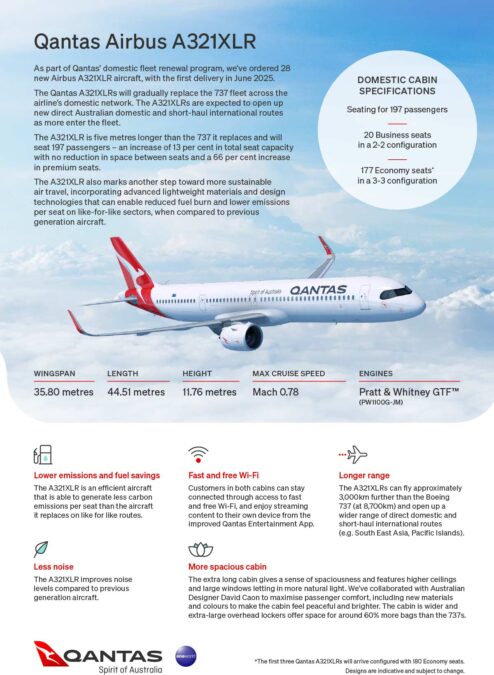
Why not one of the other A321 Variants?
While the A321neo and A321LR are also part of the Airbus A320 family, they do not offer the same balance of range, payload, and cargo space as the A321XLR.
The A321neo has limited range and would face payload restrictions on longer domestic routes. The A321LR has better range than the NEO but compromises cargo space due to its fuel tank placement.
The A321XLR’s innovative design overcomes these issues by allowing for increased fuel capacity without sacrificing cargo volume, making it the optimal choice for Qantas’s mixed route profile, which requires both capacity and range.
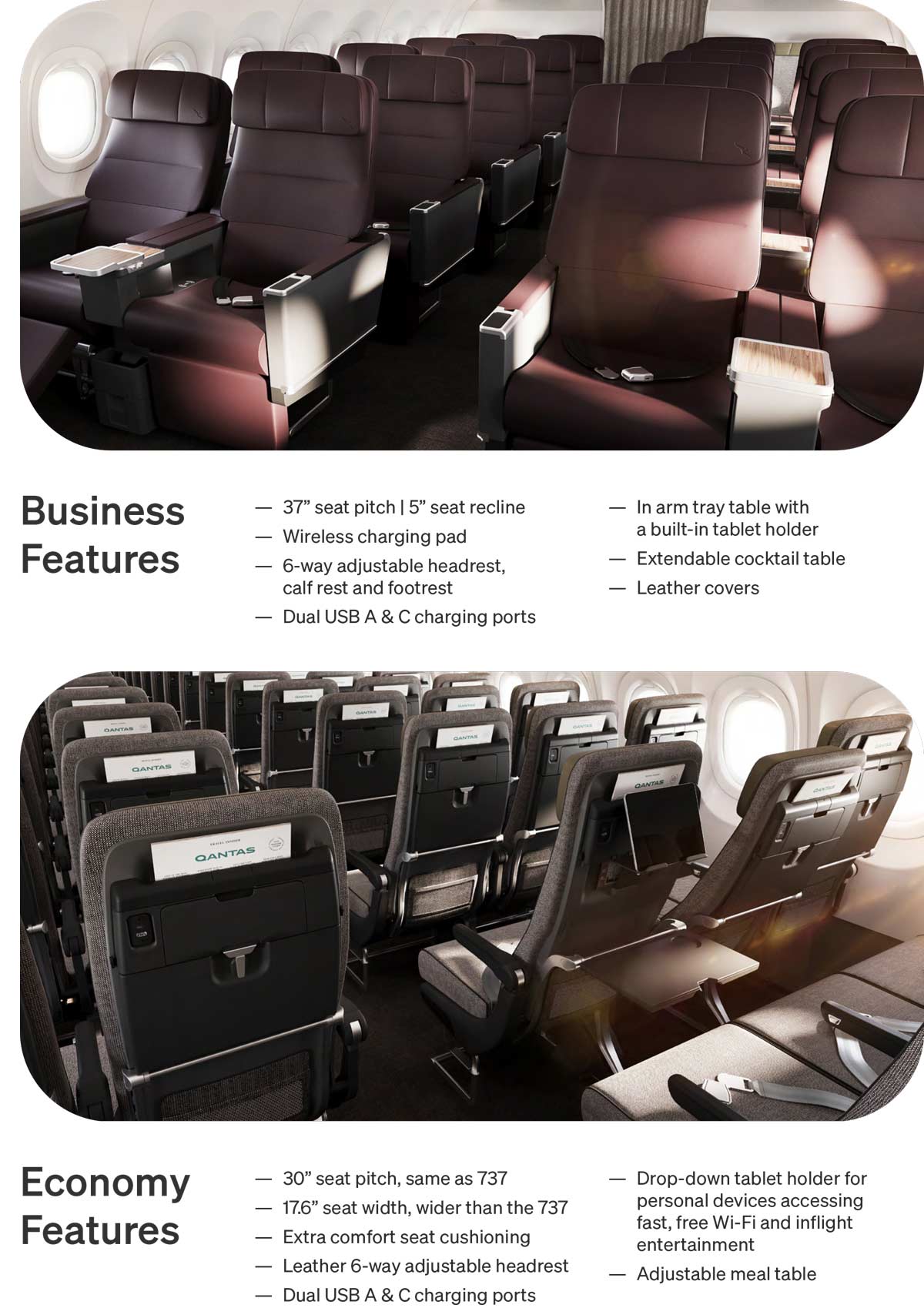
2PAXfly Takeout
Aircraft selection is a science, or dark art, depending on your viewpoint. It requires knowledge and data far beyond my capabilities. While many airlines get it wrong, Qantas is not one of those. OK, some would disagree with that view.
Let’s summarise this decision. Qantas selected the Airbus A321XLR over other models to replace its Boeing 737-800 fleet because the A321XLR uniquely combines extended range, increased passenger and cargo capacity, and operational efficiency.
This choice supports Qantas’s ambitions to modernise its fleet, expand its domestic and regional network, improve passenger comfort, and achieve significant cost and environmental benefits.
The A321XLR’s capabilities enable Qantas to operate longer routes without payload restrictions, opening new markets and making it a strategic asset for the airline’s future growth and profitability. Or so they hope.

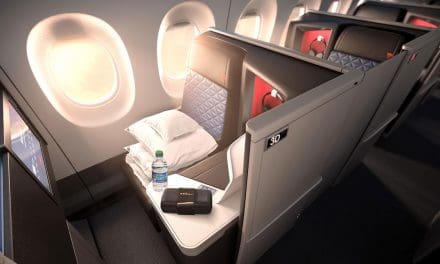

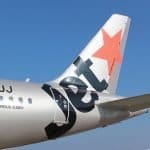


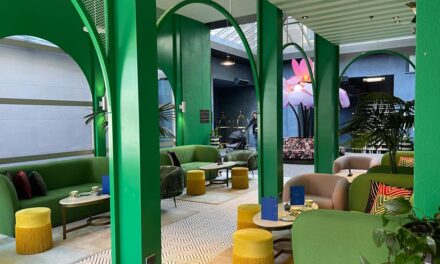
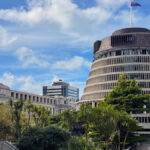

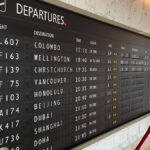

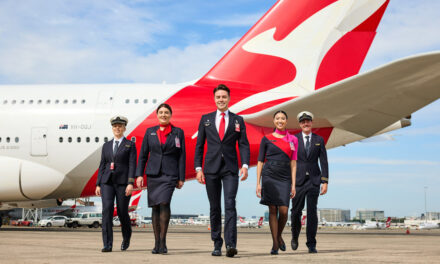
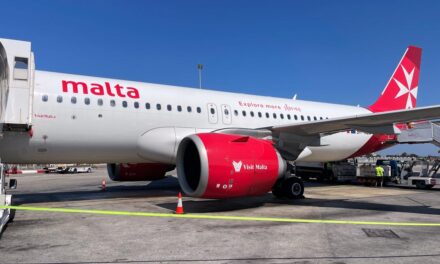
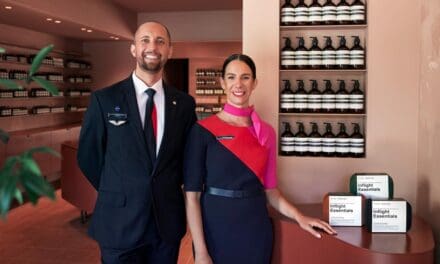
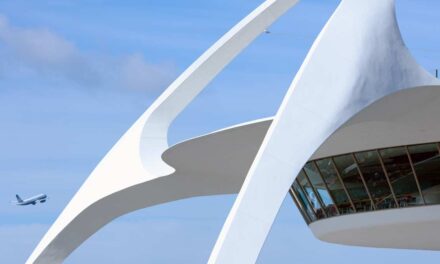

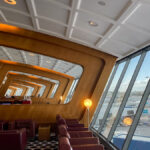


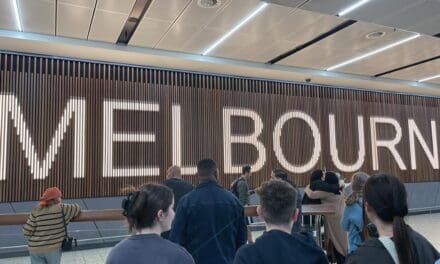


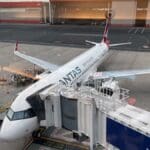



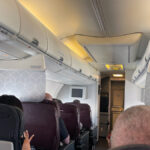
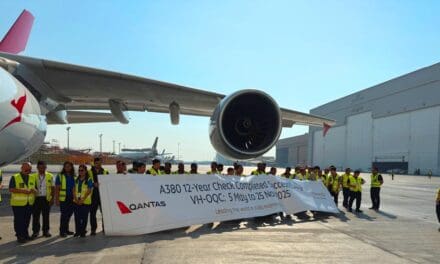

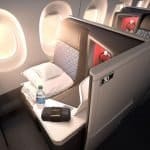



What did you say?